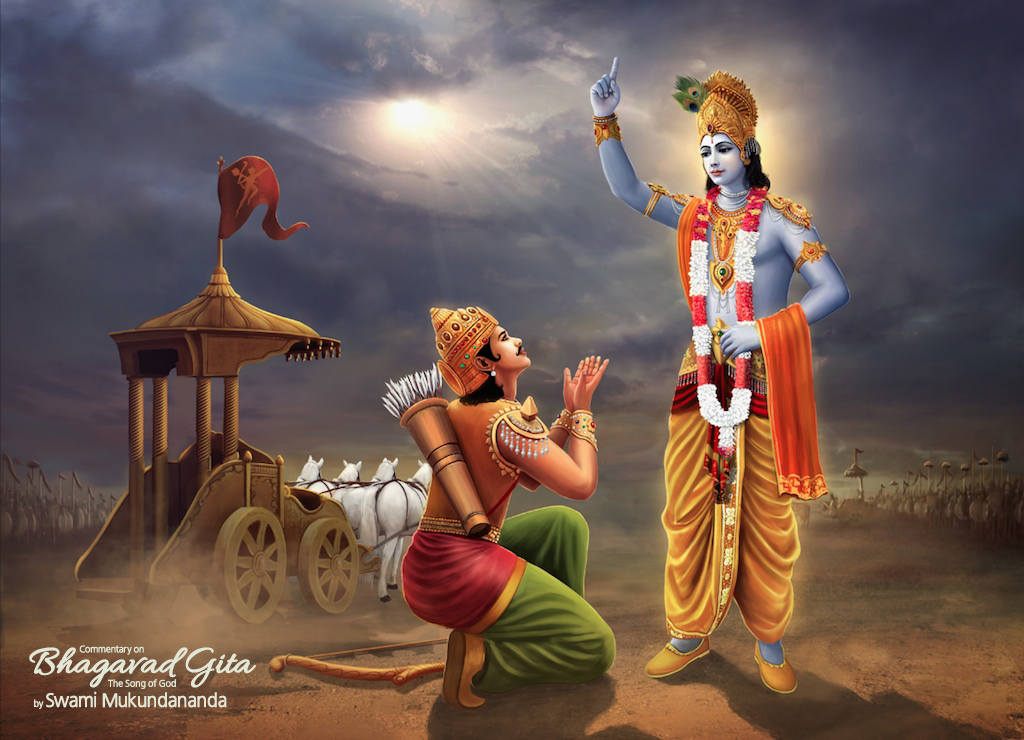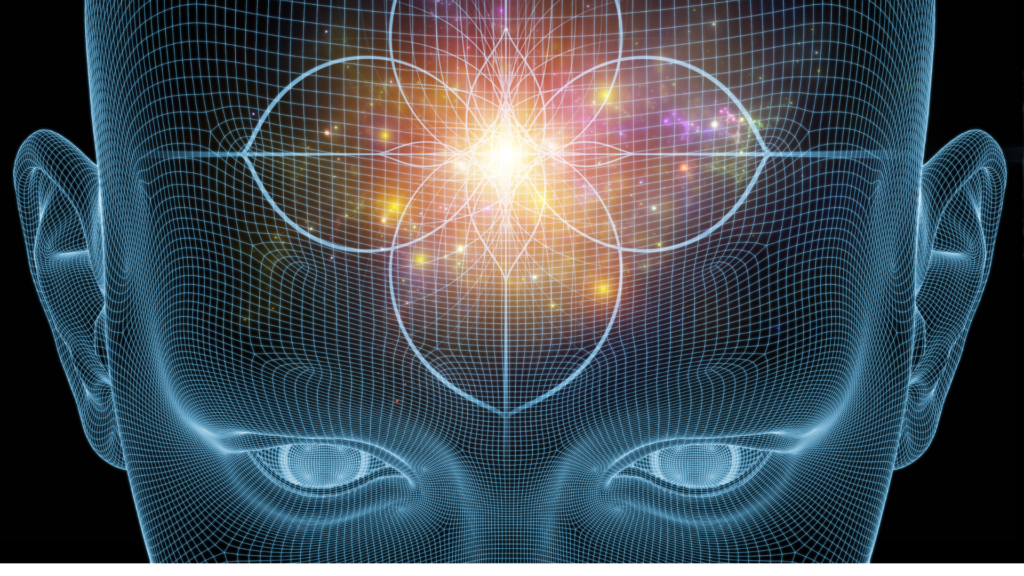Acknowledgement.
School of Yoga is profoundly grateful to Saṃskṛta scholars and academics Pijus Kanti Pal (pal.pijuskanti@gmail.com) and Dolon Chanpa Mondal for their support in Saṃskṛta transliteration and quality control.
The complete text is available in my book, A Seeker’s Śrīmad-Bhagavadgītā. The links are,
 SM Shop: https://shop.storymirror.com/seekers-srimad-bhagavad-gita/p/16se70d4slmag95l1
SM Shop: https://shop.storymirror.com/seekers-srimad-bhagavad-gita/p/16se70d4slmag95l1
SM Shop (ebook): https://shop.storymirror.com/seekers-srimad-bhagavad-gita-ebook/p/16se70ihklmytr7gi
Amazon India: https://amzn.to/4813869
Amazon US: https://www.amazon.com/dp/B0CHLFPB8X
Amazon UK: https://www.amazon.co.uk/dp/B0CHLFPB8X
Amazon Australia: https://www.amazon.com.au/dp/B0CHLFPB8X
Kindle: https://amzn.to/3LAvtX3
Flipkart- https://www.flipkart.com/seeker-s-srimad-bhagavad-gita/p/itme865ea76c9c12?pid=9788119445516
Snapdeal : https://www.snapdeal.com/product/a-seekers-rimad-bhagavad-gita/653264163898
Google books:https://play.google.com/store/books/details?id=g8_WEAAAQBAJ
Amazon International Link: https://mybook.to/srimad-bhagavad-gita
How does sāṃkhya-yoga follow from chapter1?
As we have seen in chapter 1, Arjuna experiences deep conflict at the futility of war, horror at the prospect of fighting his own kinsmen and he refuses to fight.
This reaction is similar to what we experience when confronted with dissonance in relationships or difficult situations! Initially, in the heat of the moment, we may wish to confront and fight but when we review the possible consequences, our desire for conflict dissipates. Consequently, we try to disengage from confrontation, sometimes even at the cost of hurting ourselves or sacrificing our values and principles.
In this chapter, Śrī Kṛṣṇa explains the philosophy of life, starting with the origin of our existence and place in it. Then he goes on to fleshing out the meaning of action and why performance of duty is the only solution to any problem. Finally, he details the attributes of one who has optimum situational awareness.
What is sāṃkhya-yoga?
Let us look at the two words, sāṃkhya and yoga.
- What is yoga? Yoga is a Saṃskṛta cognate of the English “yoke”. While generically, it means yoking between any two entities, here it means yoking of a person’s awareness of the Self to Brahman.
- What is sāṃkhya? Sāṃkhya is any philosophical system. In this chapter, Śrī Kṛṣṇa explains the philosophy that defines existence and yoga.
How does Śrī Kṛṣṇa explain the principle of sāṃkhya-yoga?
Śrī Kṛṣṇa starts his discourse to Arjuna by laying out the first principles of life and living called sāṃkhya-yoga.
- First, he explains the nature of the Brahman and the difference between permanence and impermanence,
- Next, he explains life, material relationships, concept of duty and svatantra (sva = self + tantra = weave of one’s sense of Identity with one’s actions, effectively meaning individuality).
Additionally, Śrī Kṛṣṇa emphasises that,
- While each of us may have a different way of solving any problem, some aspects must not be compromised.
- Be true to your responsibility and try to avoid confrontation when finding a solution. However, if nothing works, fight!
- Obviously, fight means different things; while in the case of a soldier it means a physical struggle, in the case of a teacher it could be standing up for students or the way teaching must be done and in the case of a lawyer this may be strategy for arguing a case.
- You may not win but you must fight as well as you can and accept ensuing results with equanimity. Not fighting is not an option.
- Also, loss of integrity when finding a solution is not an acceptable option.
- Finally, once the activity is started, one must avoid judgemental and sentimental positioning as well as duality of like-dislike, attraction-repulsion, good-bad etc. and effort must be steadfast towards reaching the goal.
Conclusion:
Importantly, this chapter is about change management. Change occurs continuously and everyone gets affected by it. However, a yogī must slowly learn to move away from duality such as like/ dislike or attraction/ repelling, to one of dispassion (vairāgya) and discrimination (viveka).
The key lesson Śrī Kṛṣṇa delivers in this chapter is on impermanence and sentimentality. Additionally, he says that the body is an impermanent, it passes through childhood, youth, old age and entry into another body upon death. So, one should be self-possessed and not get sentimental about situations or their perceived outcomes. Instead, one must focus on completing his or her duty with integrity.
How does Śrī Kṛṣṇa explains the qualities of the Brahman.
- Whenever we experience anything, it is māyā and not Brahman. Conversely, when we merge with the Brahman, there is no experience of materiality or māyā.
- Brahman pervades everything and cannot be destroyed. It is unmanifested, unthinking and unchangeable.
- It does not slay and cannot be slain, also it is unmanifested in the beginning in all beings (unborn state), it manifests in the middle (living beings) and is unmanifested again in the end (in a state of death).
- Also, it cannot be cut or separated from anything, it does not burn, get wet or become dry (it has no material qualities and is indestructible).
- It is not born and does not die when the body departs. This dweller in the body is eternally indestructible in all creatures (it does not change).
- Finally, it is constant, everywhere, stable, immovable and universal.
Conclusion – Brahman is a state of infinite, imperishable (cannot die) and immutable (cannot change) state of peace.
Importantly, Brahman is the underwriter of all creation. It is the source and motility of all mass, energy, identity and intelligence, supporting the functioning of everything. Brahman does not become involved in creation also does not acquire the property of anything that it supports.
So, what might a state that conforms to the above conditions be?
If we were to reflect a little, then the only state that can conform to all the above conditions is either the state of “null” or “infinity”, “null” being a state of nothing and “infinity” being a state beyond nothing.
Can we visualise the above state? Let us review where do our ideas, imagination and creativity come from. We will quickly realise that most ideas come when we are quiet, in a state of null or peace. Then, there is an internal vibration (spandana), followed by a eureka sensation after which the idea is born.
In yoga, awareness of this state is called jñāna or direct experience of Brahman within the person and this experience is called nirvikalpa-samādhi (uninterrupted and unchanging state of peace).
How does Śrī Kṛṣṇa explain permanence and impermanence.
What is the difference between Brahman (permanence) and māyā (impermanence)?
To answer the difference between permanence and impermanent, we need to look at change.
- We know that the only thing constant about change is change itself. So, change is the source as well as the nature of impermanence.
- Next, we know that change is personal and each of us experiences change differently.
- Also, it is very difficult for anyone to articulate any experience completely for two reasons – first, one does not always decode all aspects of any experience and second, it is not always possible to articulate the experience due to shortcomings of communication.
Do sentient entities experience karma?
- Generally, all of us assume that insentient entities have no experiences because we don’t see any evidence. However, there is no concrete evidence that they are unable to undergo experiences.
- We know that people get attached to their personal possessions such as cars, homes, clothes, ornaments, furniture such as couches and even utensils such as mugs, some more than others. How would this differential attachment be possible if the other entity did not have an identity or soul that allowed it to radiate some kind of personality? If that is acceptable, then just as humans experience grief when parting with a possession, might not insentient entities experience grief also?
- Psychologists are able to decode sentient experiences only in a generic manner unless they get specific data inputs from their patients. When trained professional have difficulty in accurately decoding experiences, it is logical to assume that understanding insentient entities, who have no capability to communicate would be more difficult.
- All prayers are the same, there is no evidence that one type of prayer is superior to another. The quality of outcome of any prayer depends on the prayer. So, whether one prays to an Idol, Cross or Kaaba, the results would entirely depend on the person praying. But, have we ever reflected, what happens to the above religious entities to whom millions of people pray? What might happen their experience be?
Conclusion
- Hence, we can conclude that both sentient and insentient entities experience but in the case of insentient entities, experientiality (ability to express experience in a manner that can be understood) is more suppressed and diffused, consequently difficult for sentient entities to experience or understand.
- In contrast, sentient entities starkly experience duality such as heat-cold, pleasure-pain because they have a sensory system that allows them to relate to their environment.
- We can also conclude that sentient and insentient entities or souls will experience change differently. This is on account of conditioning (dharma) and current state awareness (prajñā).
- However, all experiences, due to the very nature of change, have a beginning and an end, which makes them transient, or impermanent. This is māyā (illusion or farce).
- By understanding the nature of impermanence one can transcend it (māyā) and merge with the state of permanence/ Truth or This results in liberation from rebirth (mokṣa).
So, we can conclude that everything which we perceive in the world around us is impermanent because of three reasons:
- First, it has a beginning and an end.
- Second, it is perceived by the senses which give different measurements for different sentient and insentient beings at different times and in different states of awareness.
- Change occurs continuously. Since by its nature, no stimulus-response cycle is predictable, change itself is not predictable or permanent. This results in randomness and instability being intrinsic to all transaction and this is also called entropy in thermodynamics.
For more on chapter 2, click here?



excellent eXplaination and good insight
Thank you for your support